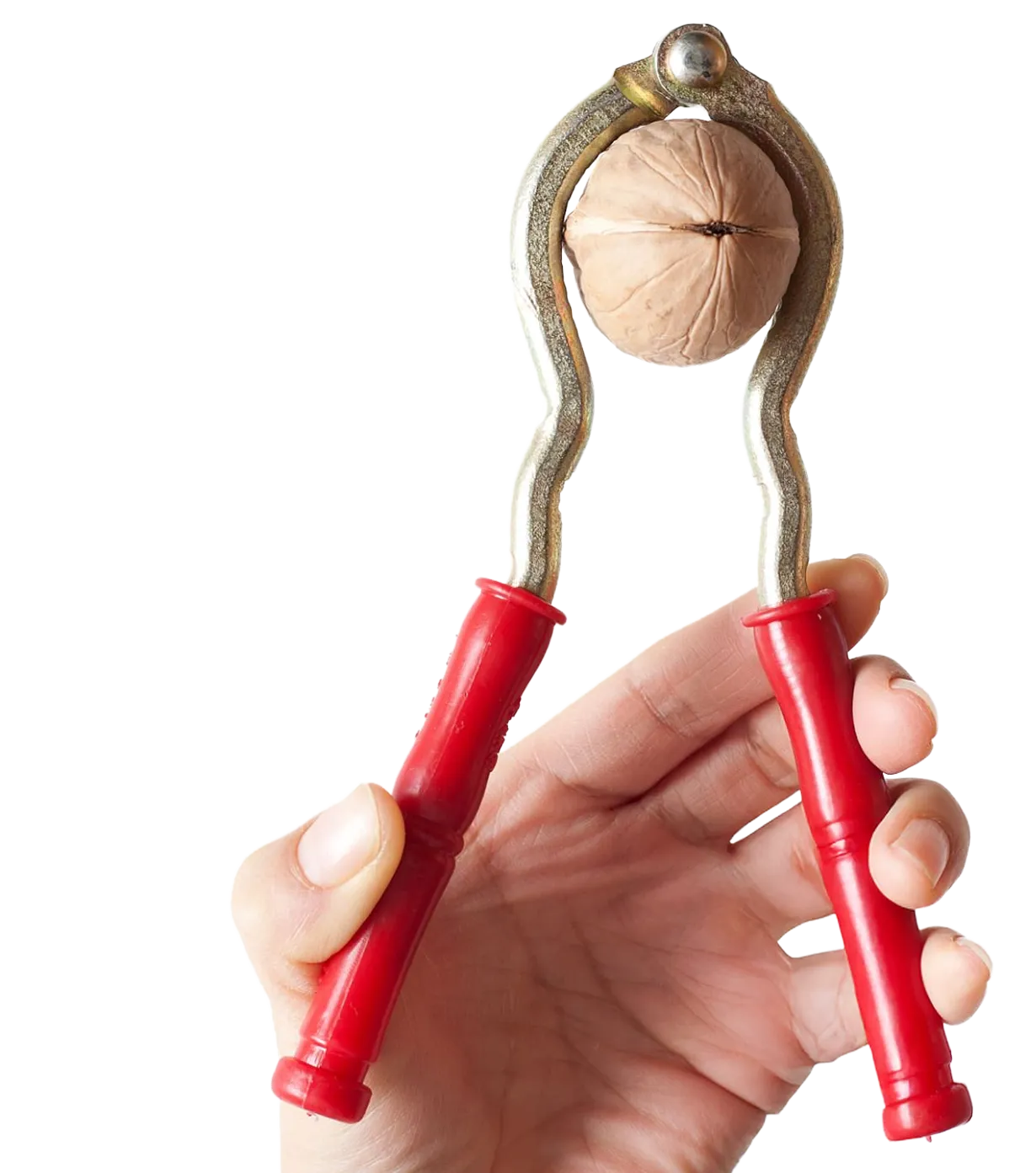Transform Your Website With Powerful On-Page SEO That Actually Works
The Missing Link Between Your Website and Real Business Growth
Free 30min Strategy Session
In a Nutshell:
Well-crafted, Optimized Content Drives Sustainable Traffic Growth
Looking for the TL;DR version? RankScience transforms your content from invisible to irresistible through strategic on-page optimization.
What To Know
We make your web pages rank higher, capture more traffic, and convert visitors into customers. When we’re done, your website becomes a revenue-generating powerhouse that works 24/7 to attract and convert qualified prospects.






.webp)

Is Your Website Invisible? You're Losing Thousands of Potential Customers Right Now
Their websites aren't necessarily better than yours. They've simply mastered the science of strategic content optimization. While you're pouring resources into social media and paid ads, they're capturing free, high-intent traffic day after day, month after month.
The stats don't lie. Over 68% of online experiences begin with a search engine, yet the top three results capture nearly 70% of all clicks. If you're not in those positions, you're essentially invisible to thousands of potential customers actively looking for what you offer.
But here's the kicker: most businesses get on-page SEO completely wrong. They stuff keywords awkwardly into content, create thin pages that barely scratch the surface or follow outdated advice that actually hurts their rankings. The landscape has changed dramatically, and what worked in 2020 could be actively harming your visibility today.
Your website has untapped potential just waiting to be unlocked. Every day it sits unoptimized is another day of missed opportunities and lost revenue.

Why Smart Businesses Are Doubling Down on On-Page SEO
The search landscape is more competitive than ever, but that's precisely why on-page SEO presents such a massive opportunity. While your competitors chase shortcuts and quick fixes, a strategic approach to content optimization builds sustainable traffic that continues paying dividends for years.
Think about it: Paid ads stop the moment you stop paying. Social media algorithms change overnight. But strong organic rankings? They deliver consistent traffic without ongoing costs. It's the closest thing to "set it and forget it" marketing that exists.
What makes on-page SEO particularly powerful in today's environment:
- Google's AI-driven algorithms now recognize and reward genuinely helpful content
- Users are increasingly sophisticated, demanding comprehensive, authoritative information
- Changes to search features mean optimized content captures more visual real estate
- Voice search is growing, creating new opportunities for content that answers specific questions
The most successful businesses are shifting from thinking about "rankings" to creating content experiences that genuinely solve problems. They're seeing 3-5x higher conversion rates on organic traffic compared to other channels because these visitors arrive pre-qualified and actively seeking solutions.
But the window of opportunity won't stay open forever. As more businesses recognize the sustainable value of on-page SEO, the bar for entry keeps rising. Today's opportunity is tomorrow's table stakes.
.webp)

The Content Optimization Approach That Turns Algorithms Into Allies
We've spent 12+ years in the trenches with businesses of all sizes, developing a methodology that consistently transforms underperforming websites into traffic-generating assets.
Unlike typical SEO agencies that treat on-site SEO as a checklist of technical tasks, we approach every page as a strategic asset with specific business objectives. Our process goes beyond basic optimization to create content that genuinely deserves to rank.
Here's how our approach breaks the traditional on-page SEO mold:

Deep competitive intelligence
We reverse-engineer what's working in your specific industry, identifying the exact content formats, depths and approaches that Google rewards in your niche.

Strategic keyword mapping
Rather than chasing vanity keywords, we build content around terms that drive revenue. One client discovered that a set of technical terms their engineers dismissed as "too niche" were driving their most qualified leads.

User experience integration
We optimize not just for algorithms but for actual humans, ensuring content keeps visitors engaged and moving toward conversion.
.svg)
Conversion-focused page structure
Every recommendation we make ties back to business objectives, not arbitrary SEO metrics.



Our White-Glove Approach To Understanding Your Unique Business
The results speak for themselves. Our clients routinely see organic traffic improvements of 40-200% within six months. Many clients tell us they appreciate how quickly we understand their unique business challenges, even when they have complex industries or purchasing cycles that previous agencies struggled to grasp.
What truly sets us apart? We don't just implement changes. We transfer knowledge. Your team will understand not just what we're doing but why it matters, empowering you to maintain and build upon the foundation we establish together.

Schedule a Consultation To Transform Your Website With Strategic On-Site SEO
Free 30min Strategy SessionReady to stop leaving money on the table? The first step is incredibly simple: Schedule a free 30-minute strategy session where we'll analyze your current on-page SEO approach and identify your biggest opportunities for improvement.
You'll walk away with at least one implementation-ready recommendation, whether you decide to work with us or not. That's a promise we've kept with numerous businesses who've taken us up on this offer.
The next step is simple: put time on our calendar, and let's see if we're a good fit to help your organization grow. With the right on-page SEO strategy, your website can become your most reliable source of high-quality leads and sales.
Click the button below to schedule your free strategy session now.

Ready to Transform Your Growth? Let's Talk
Ready to stop losing customers to competitors? Let’s skip the generic sales pitch. Bring us your thorniest SEO challenge, and we’ll provide actionable insights during a focused 30-minute consultation.
You’ll walk away with at least one implementation-ready recommendation, whether you decide to work with us or not. That’s a promise we’ve kept with countless business leaders who’ve taken us up on this offer.
The next step is simple: schedule your free 30-minute SEO strategy session and let’s see if we’re a good fit to help your organization grow.
.svg)
Frequently asked questions
On-page SEO optimizes individual web pages to rank higher in search results. This includes content, HTML code and all webpage elements under your control, unlike off-page factors like backlinks. The goal is to create pages that are both search-engine friendly and valuable to actual humans.
On-page SEO focuses on visible elements like headlines, text, images and internal linking. Technical SEO addresses infrastructure issues like:
- Site speed
- Mobile-friendliness
- Indexability
- Schema markup
Both are essential for comprehensive SEO strategies, according to Teknicks.
You'll typically see ranking movements within 2-4 weeks, with significant traffic improvements developing over 3-6 months. Timelines vary based on:
- Site authority
- Industry competition
- Optimization extent
Unlike paid advertising, SEO results compound rather than stopping when the investment ends.
The most influential elements include:
- Title tags
- Main headings (H1)
- Content quality/depth
- Internal linking structure
- User engagement metrics
Google algorithms now heavily weight relevance and experience signals over simple keyword frequency.
Many businesses implement basic optimization internally. However, strategic content optimization requires expertise in competitive analysis, user intent mapping and content development. We find most organizations benefit from expert guidance for strategy development, even if they handle day-to-day implementation internally.
High-performing pages need quarterly reviews to ensure information remains current. Pages with declining metrics need immediate updates. Rapidly evolving industries require more frequent refreshes to maintain relevance and authority, according to Semrush research
Creating content primarily for search engines rather than users leads to awkward keyword usage, superficial information and poor engagement. Modern SEO success comes from valuable content that satisfies user intent while following optimization best practices.
Track key metrics like organic traffic growth, ranking improvements for target keywords, click-through rates, and most importantly, conversions from organic visitors. We recommend setting baseline measurements before optimization and monitoring changes weekly using Google Search Console and Analytics.
Absolutely! What industry are you in? We have experience across diverse sectors, including healthcare, finance, e-commerce, SaaS and manufacturing. Each industry has unique SEO challenges and opportunities that require tailored approaches rather than one-size-fits-all tactics.
.svg)
.svg)


RankScience LLC
2443 Fillmore St #380-1937,
San Francisco, CA 94115
© 2025 RankScience, All Rights Reserved
